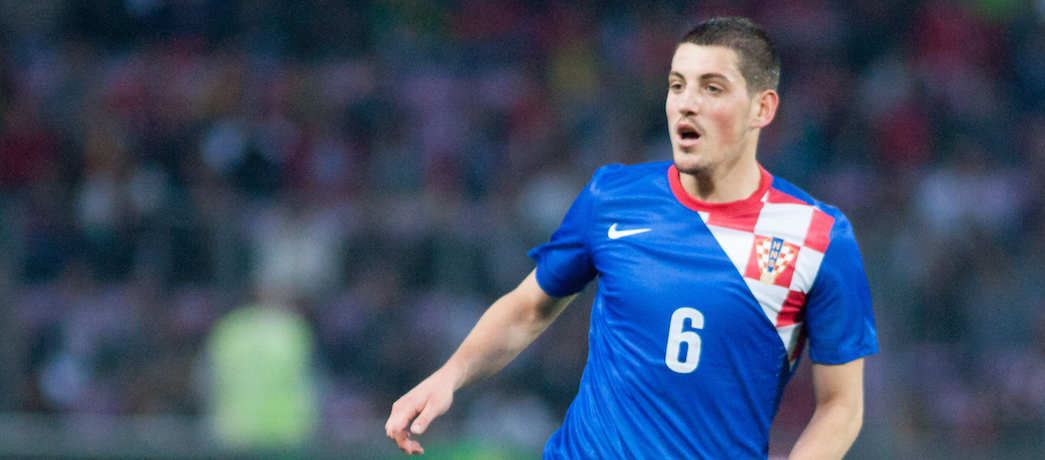European Parliament meets in Strasbourg: new president to be elected amid growing diversity
On a memorable Tuesday in Strasbourg, the European Parliament, following the recent European elections held from 6 to 9 June, officially opened its work. The session, chaired by the outgoing President of the European Parliament, Roberta Metsola, from the EPP of Malta, began with a musical interlude before Pina Picierno, the outgoing Second Vice-President of the Parliament from the Italian S&D Group, announced the candidates for the coveted Presidency of the European Parliament. Parliament.
The highly anticipated vote, conducted by secret ballot, is expected to take place immediately after the opening session. To ensure a fair process, eight MEPs, selected by lot, will oversee the conduct of the elections.
The distinguished candidates running for the presidency are Roberta Metsola, representing the EPP of Malta, and Irene Montero of The Left of Malta. Spain. Before the crucial vote, both candidates delivered succinct statements in plenary, setting out their vision for the future of the European Parliament.
To win, a candidate must obtain an absolute majority of the valid votes cast, which is equivalent to 50% plus one. In the absence of a clear winner in the first round of voting, subsequent rounds may follow with the possibility of nominating new or existing candidates under the same stipulations. If necessary, a third round may be held with the same rules. If no candidate emerges victorious after the third round, the two candidates with the most votes in that round will advance to a fourth and final decisive round, with the winner of the majority emerging triumphant.
After the election of the new president, this distinguished personality will assume the leadership position and deliver a remarkable opening speech, setting the tone for the upcoming legislature.
In this historic tenth legislature, the European Parliament has 720 seats, an increase of 15 compared to the previous legislature. Notably, 54% of MEPs are new faces, a slight decrease from 61% in 2019, with women representing 39%, a slight decrease from 40% in 2019.
Among the diverse cohort of MEPs, Lena Schilling, a 23-year-old Austrian representing the Greens/EFA, is the youngest member, while Leoluca Orlando, a 77-year-old Italian representative of the Greens/EFA, holds the distinction of the oldest. MEP. The average age of MEPs is 50, reflecting a diversity of experiences and perspectives within the parliamentary body.
At the start of the tenth parliamentary term, the European Parliament has eight political groups, an increase compared to the previous session. In addition, 32 MEPs remain non-attached, underlining the dynamic landscape of political affiliations within the Parliament and highlighting the dynamics of representation within the European legislature.
Originally published in The European Times.
source link eu news





















